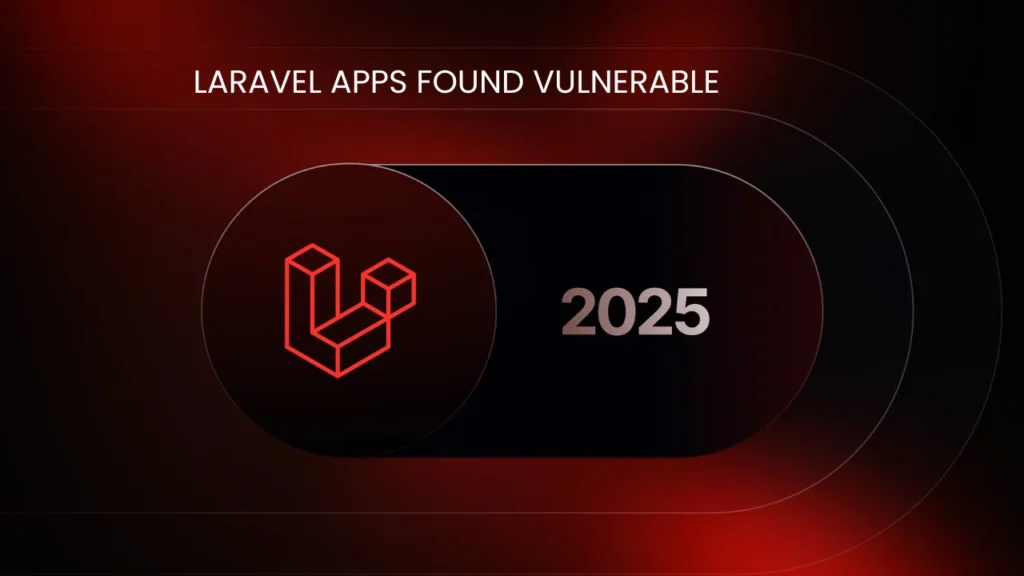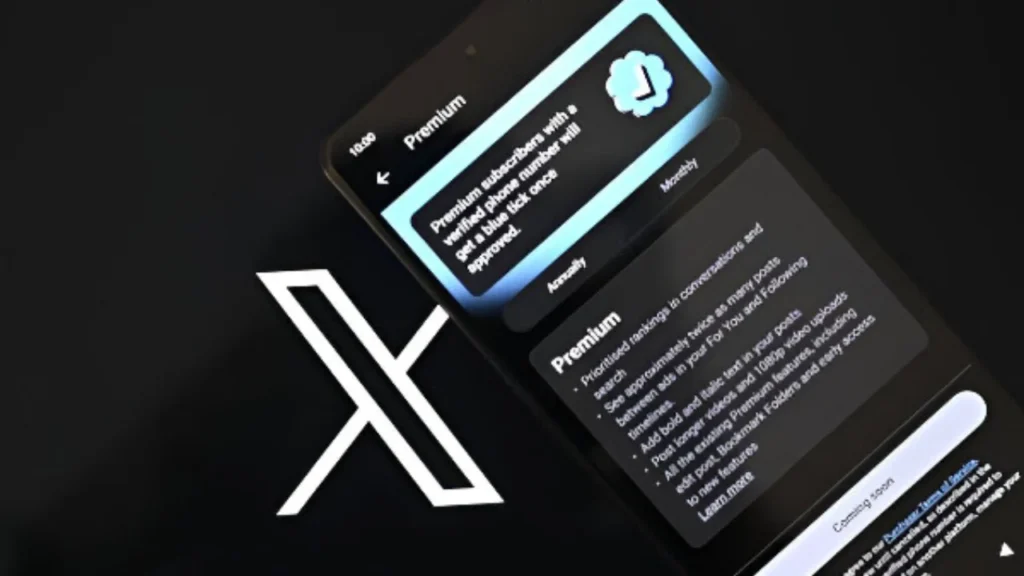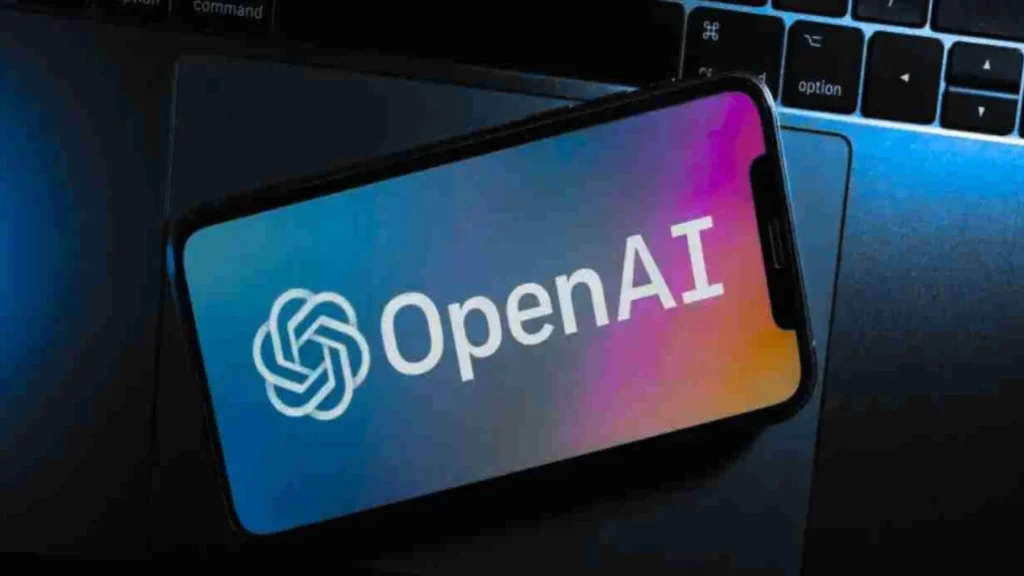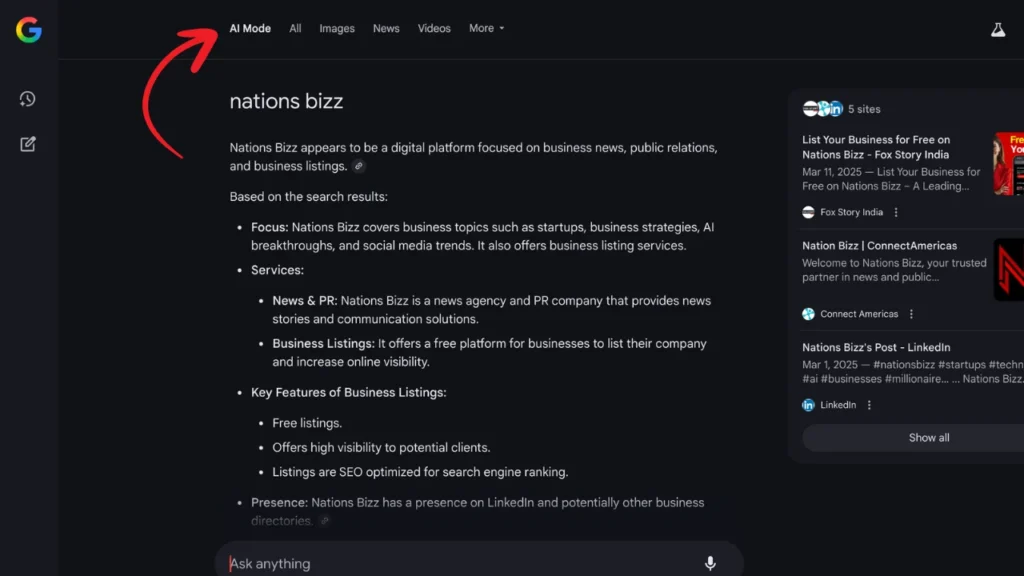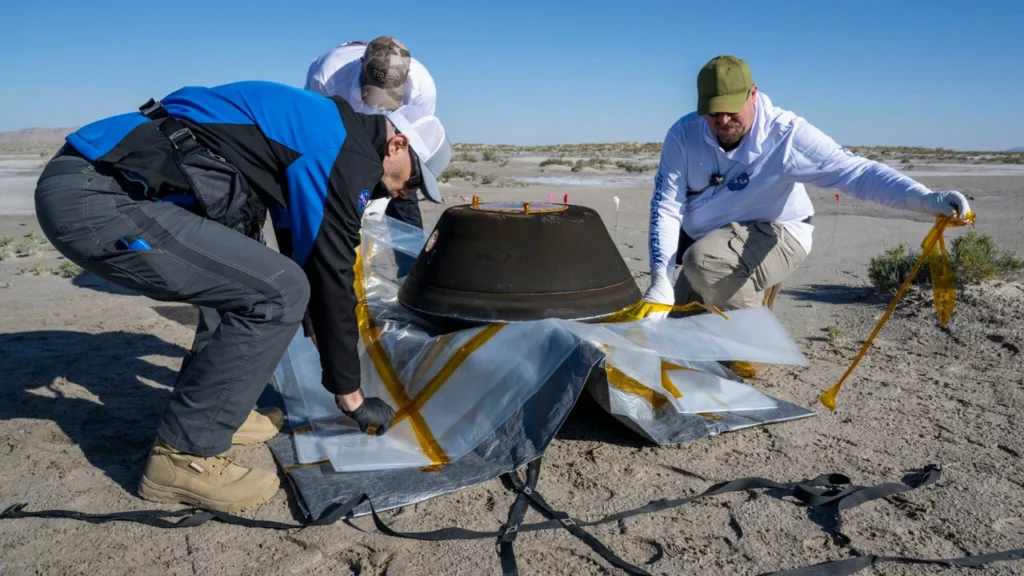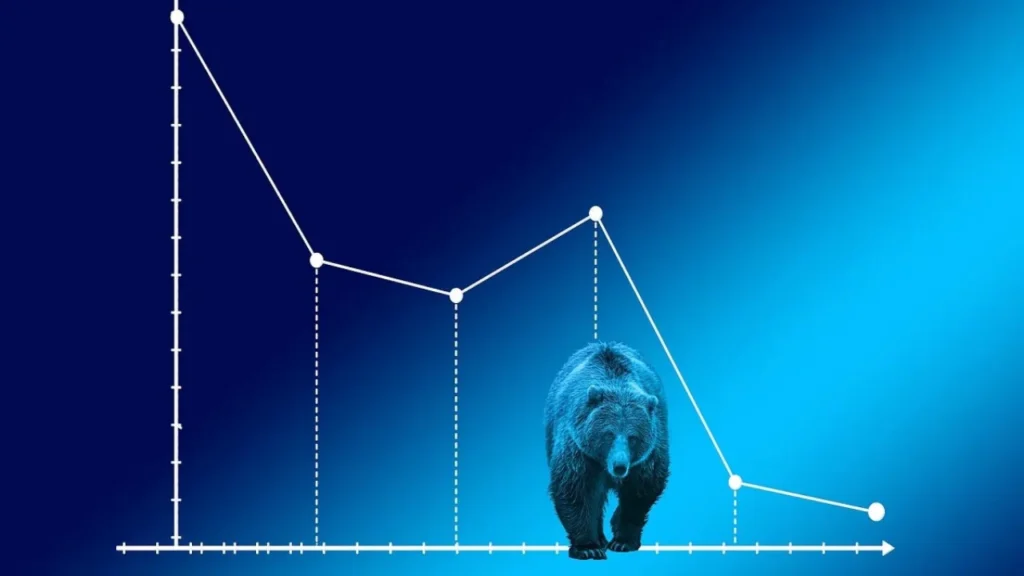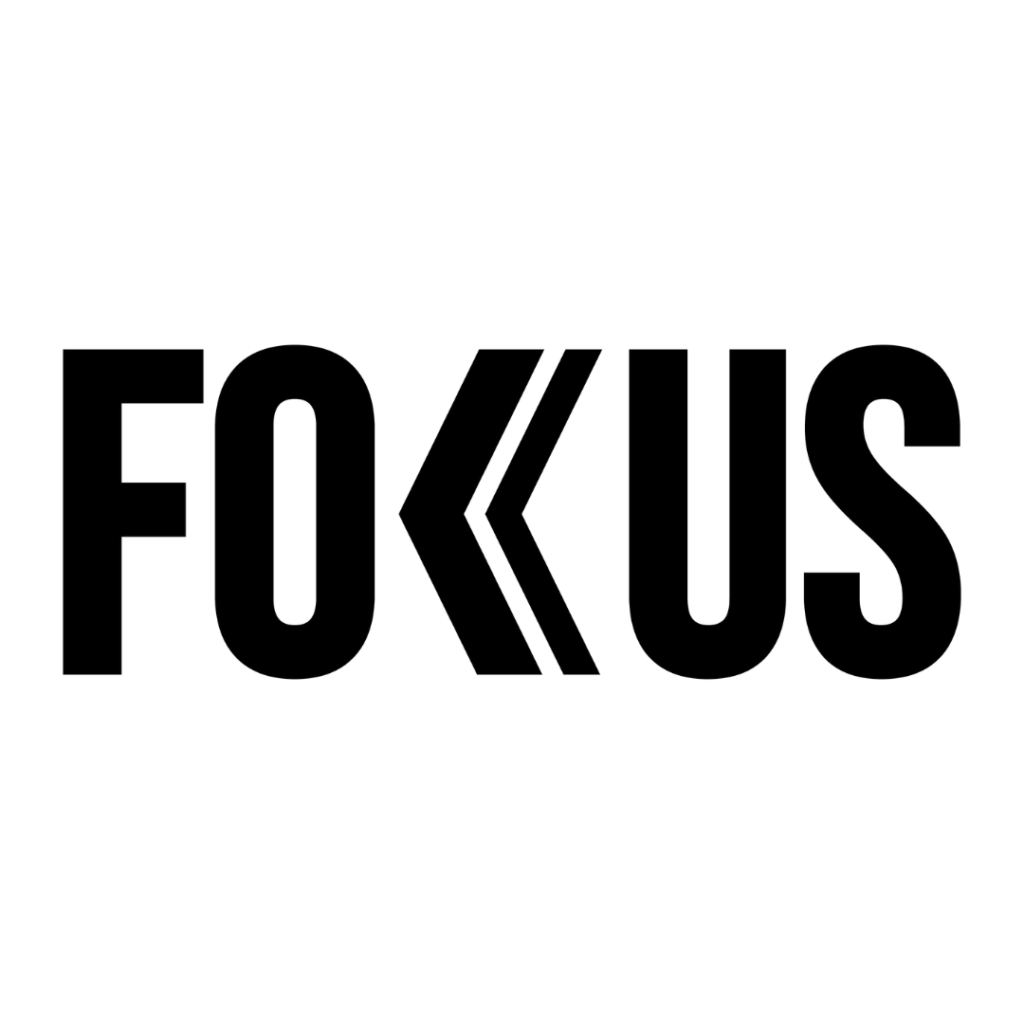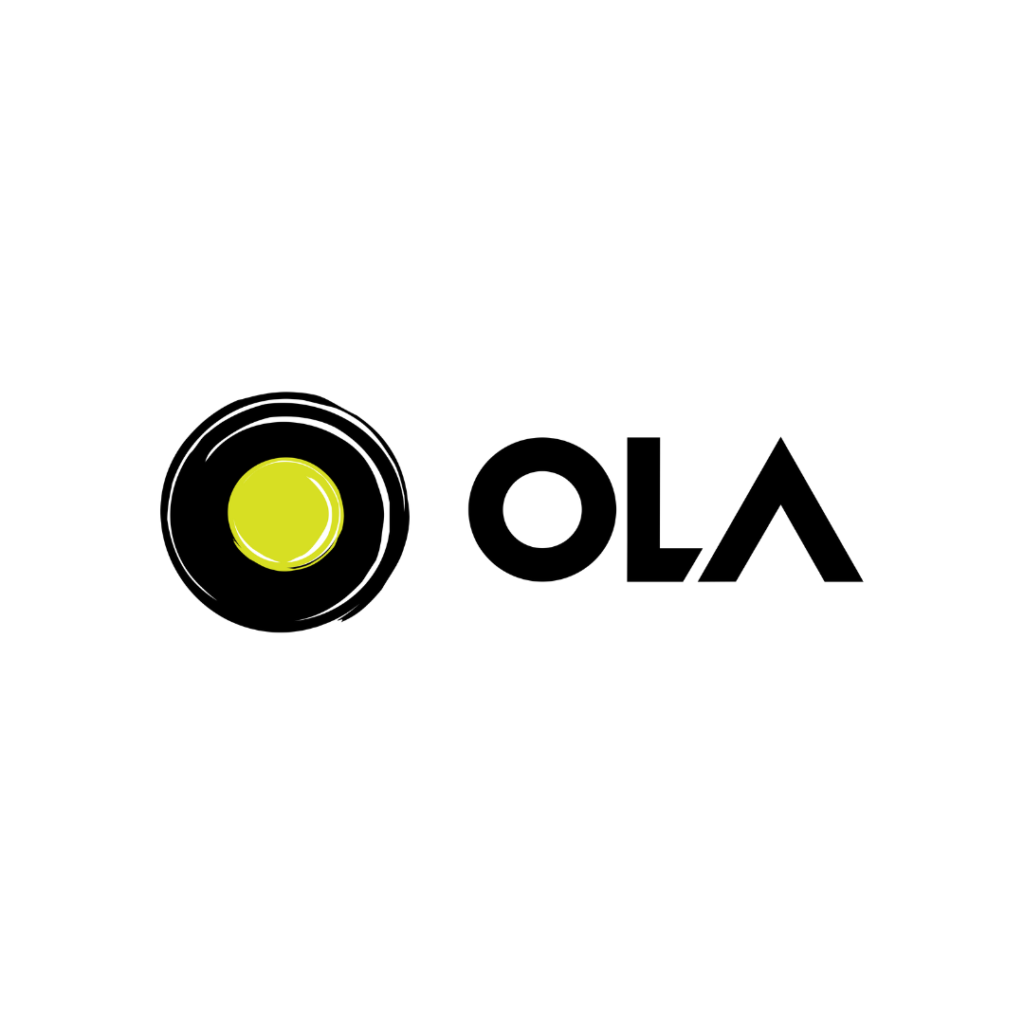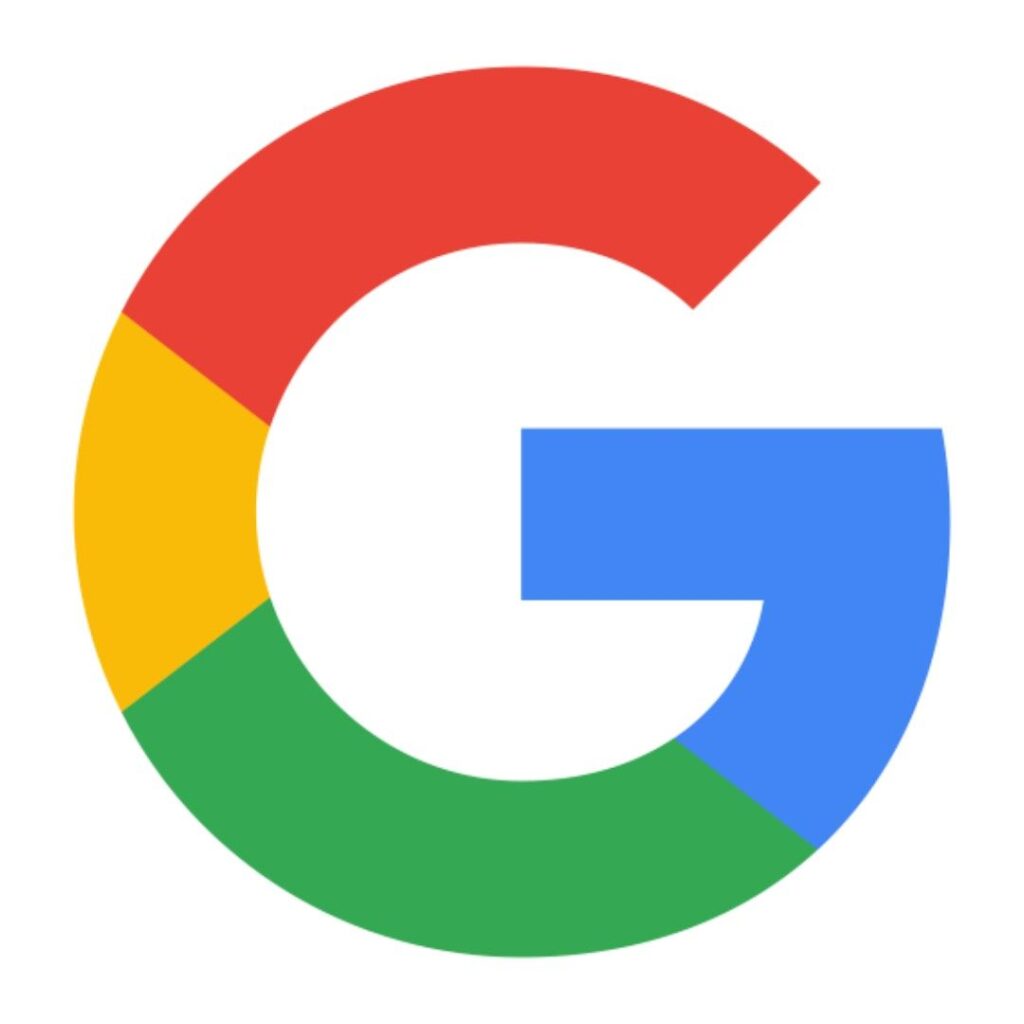As artificial intelligence (AI) becomes increasingly advanced, a major question looms: Can AI and humans coexist in the workplace? In 2025, the presence of AI tools is growing across industries from customer service and healthcare to manufacturing and creative work. Rather than a distant possibility, AI-human collaboration is now a present reality. While some fear that AI will replace human jobs, others believe that it can create new opportunities. Boost efficiency, and free people from repetitive tasks. Understanding how AI and humans can work together is crucial for building a future where both can thrive.
The Rise of AI in the Workplace
AI technologies like machine learning, natural language processing, and computer vision are transforming business operations. Many companies are adopting AI-powered systems for tasks such as data analysis, customer support, logistics, and even hiring processes. Chatbots handle customer inquiries. AI programs detect fraud in financial transactions, and healthcare providers use AI to diagnose diseases faster and more accurately.
AI is especially powerful in handling massive amounts of data at speeds no human can match. It can find patterns, predict outcomes, and automate decisions that used to take teams of people hours if not days. As a result, many businesses are achieving greater efficiency, reducing costs, and offering better services. However, this efficiency has also raised concerns about job displacement and the future role of human workers.
AI Replacing Jobs: A Real Concern?
One of the biggest fears surrounding AI in the workplace is that it will eliminate millions of jobs. Automation has already impacted sectors like manufacturing, where robots assemble cars more efficiently than human workers. Retail and food services are also seeing a rise in self-checkout systems and AI ordering kiosks.
However, while some jobs are indeed at risk, experts argue that AI is more likely to reshape jobs rather than eliminate them. Repetitive tasks and routines are most vulnerable to automation. Meanwhile, roles that require creativity, critical thinking, emotional intelligence, and human judgment are far harder for AI to replace.
For example, AI can help a doctor by analyzing medical images for signs of disease. But it cannot replace the human touch when delivering a diagnosis or comforting a patient. Similarly, AI can write basic news summaries, but investigative journalism, creative storytelling, and in-depth analysis still heavily rely on human skills.
Humans and AI: Better Together
Rather than viewing AI as a competitor, many organizations are starting to see it as a partner that can enhance human capabilities. This idea is often referred to as “augmented intelligence” instead of artificial intelligence. In this model. AI handles repetitive, data-heavy tasks, freeing humans to focus on work that requires emotional intelligence, creativity, leadership, and problem-solving.
For instance, in the legal industry, AI can sift through thousands of documents to find relevant case laws in seconds—a task that would take lawyers days to complete. This enables legal professionals to spend more time developing strategies and building relationships with clients. In marketing, AI tools can analyze consumer behavior and recommend strategies, but it still takes human creativity to craft compelling campaigns and messages.
By combining the strengths of AI (speed, accuracy, and data processing) with the strengths of humans (creativity, empathy, and ethical judgment), workplaces can achieve results that neither can accomplish alone.
Preparing the Workforce for AI
For humans and AI to coexist successfully, workers need to adapt. Reskilling and upskilling are more important than ever. Workers must learn new skills that are complementary to AI, such as:
- Critical thinking and complex problem-solving
- Emotional intelligence and interpersonal communication
- Creativity and innovation
- Digital literacy and familiarity with AI tools
Many companies are investing in employee training programs to prepare their workforce for an AI-enhanced future. Governments and educational institutions are also playing a role by offering courses and certifications in AI, data science, and related fields.
Rather than resisting change, individuals who embrace lifelong learning and flexibility will be best positioned to thrive in a world where AI is part of everyday work life.
Ethical Considerations
While the potential benefits of AI-human collaboration are significant, there are also ethical challenges that must be addressed. AI systems can reflect biases present in their training data, leading to unfair outcomes. Privacy concerns, transparency, and accountability are major issues as well.
Organizations must ensure that AI is used responsibly. This means building systems that are fair, explainable, and designed with human values in mind. It also means that there should always be human oversight over critical decisions made by AI, particularly in sensitive areas like healthcare, criminal justice, and finance.
The goal should not just be to make processes faster and cheaper but also to make them better and fairer for everyone involved.
A New Era of Collaboration
The future is not about humans versus machines; it is about humans working alongside machines. AI can be a powerful tool to enhance human potential, unlock creativity, and tackle complex global challenges. But it must be implemented thoughtfully, with a focus on collaboration, ethics, and human well-being.
As we move forward, the workplaces that succeed will be the ones that recognize the unique strengths that both AI and humans bring to the table. By working together, we can build a future where innovation flourishes, jobs evolve, and both technology and humanity reach new heights.


